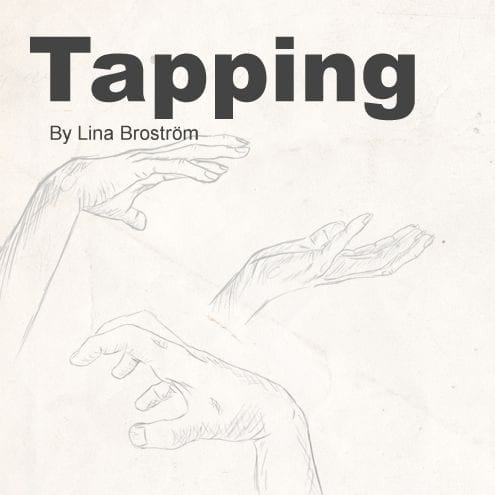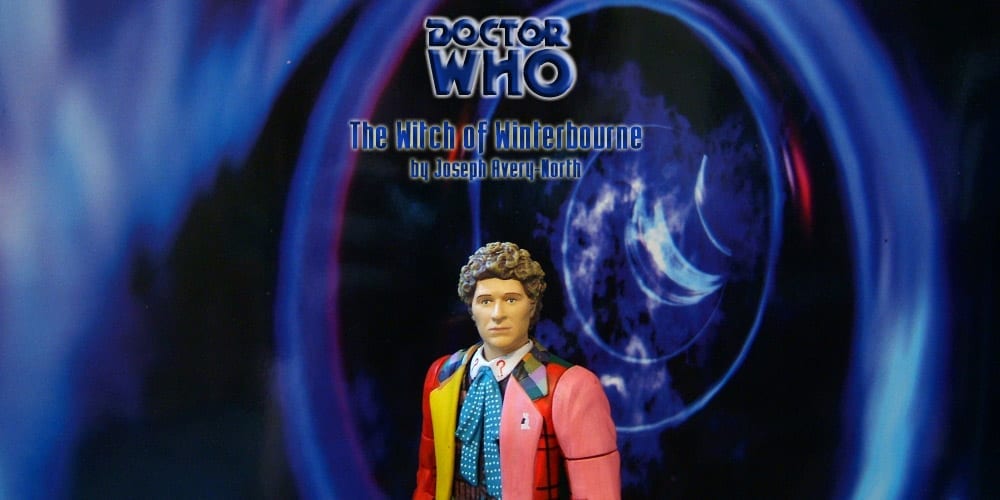The Origins of Halloween – A Glimpse into our Pagan Past
by Amy Van De Casteele
It is the end of October and the notoriously spooky holiday of Halloween is here. For centuries the 31st of October has played an important part in the Western cultural calendar; in modern times it means a night devoted to carved pumpkins, tacky costumes, bat and spider decorations and trick or treating – but what did Halloween symbolize in “the olden days” and is our contemporary interpretation of this festival and its symbolism accurate — or have we cheapened Halloween and weakened its power by dressing it up in a gaudy outfit just as we dress ourselves up for the occasion?
Since the advent of the internet and the rise/rejuvenation of New Age/mystic philosophies such as Wicca, awareness of Halloween’s origins have grown among the general populace. You probably already know, for instance, that the holiday’s other given name is Samhain (pronounced Sow-en), which refers to a Gaelic ceremony that marks the transition from harvest season into the bleak fallow period of winter. A pre-Christian celebration, some of the rituals involved with Samhain included the lighting of bonfires and the slaughtering of cattle. However it was also said to symbolize a time of communion between fairies (the “Fair Folk”) and mortals, as the divide between our two worlds thinned and became permeable. It was also a time when the dead could communicate with the living. This eerie belief is reflected in our contemporary view of Halloween as a time when “things go bump in the night” and all manner of ghouls and goblins roam the earth (thankfully most of these ghouls and goblins are now merely sugar-crazed 9-year-olds).
In fact the modern-day custom of dressing up on Halloween probably hails from the practise of “guising” which arose during the 19th century and the very similar “souling” which dates back even further. Centuries ago, our Celtic ancestors also used to wear masks and costumes in an attempt to ward off the attentions of wicked fairies which might come to steal them away during Samhain, when the doors to the sidhe mounds were said to lie open, allowing easy access between the two worlds.
The practise of making jack-o-lanterns is also an old tradition which has survived to this day and is now being exploited by supermarkets everywhere, who have already begun creating miniature mountains of pumpkins for us to buy – along with pumpkin carving kits, to get that coveted ‘wicked face’, ‘flying bat’ or ‘witch on a broomstick’ shape. This custom was common in Ireland many years ago, though it began with turnips as there were no pumpkins in the British Isles at that time. These carved vegetable lanterns were so named because they were made to guide Jack – a trickster figure from Irish folklore – back home, as his lost soul was said to roam between the worlds of the living and the dead, spurned by both God and the Devil.
For many years now Halloween traditions have been a mixture of the Old religion and Christianity. The name itself – “Hallowe’en” – comes from All Hallows Eve, which in turn derives from All Hallow’s Day, the name of the Catholic day of celebration which falls on November 1 and is said to have been founded as an effort by the church to co-opt the pagan festival and make it a holy event. In a similar way, other pagan festivals and even deities have been absorbed into the Christian faith – the word Easter, for example, comes from Eostre/Ostara, the German goddess of fecundity, the dawn and love, while Saint Brigid was co-opted from the Celtic goddess Brighid who was the patroness of medicine, art, livestock, spring and fire.
Ironically, as Samhain/Halloween was originally celebrated by those we call pagans and “witches”, in Christan terms it then became a time of year when witches and other evil spirits would have to be frightened away by blessing your home and even your outbuildings, to keep their occupants (both animal and human) safe. Also ironically, as Christians have always looked with such suspicion on so-called “magic” practices, divination became heavily associated with Halloween and various forms of fortune telling were commonly practised even into the 19th and early 20th centuries.
Apple bobbing and the lighting of bonfires on Halloween are more ancient traditions dating back to pagan times; apple bobbing is said to hail from Roman celebrations of the wood nymph-cum-goddess Pomona, patroness of “fruitful abundance”, while the lighting of fires dates back centuries to the cleansing rituals of the ancient Celts.
These days much of this lore is forgotten, the old traditions have lost their meaning and Halloween has become another commercial event, helping supermarket giants rake in the cash with their plastic masks, costumes and candy – yet practises such as trick-or-treating still echo the rituals of yesteryear and the still-strong belief that this night is a time when the veil between this world and “The Other” grows thin makes us feel a certain pleasing sense of mysticism and magic…as well as a shiver of fear.
For me, Halloween is a time of year when the mundane falls away and the ghoulish and mysterious becomes commonplace and celebrated; a night when we can honour our ancestors who viewed the occasion with such reverence. As the big night approaches and you buy in your stocks of chocolate eyeballs and creepy decorations, take a moment to pause and reflect on the ancient importance of Halloween/Samhain and, whether you are pagan or Christian, acknowledge the sanctity of the event and its ancient history. Then proceed to light the candle inside your Jack-o-lantern, bob for apples and dress up your children as Frankensteins and little devils for a night of too much sugar, lots of laughter and scares…. Happy Halloween everyone.
Note – This article was originally published on the old Winterwind Productions site in October, 2013, prior to our switch to WordPress in 2020.
- The Winterwind Shorts - May 7, 2021
- Hot Karl is Coming! - April 28, 2021
- The Art of Mixing - February 25, 2021




